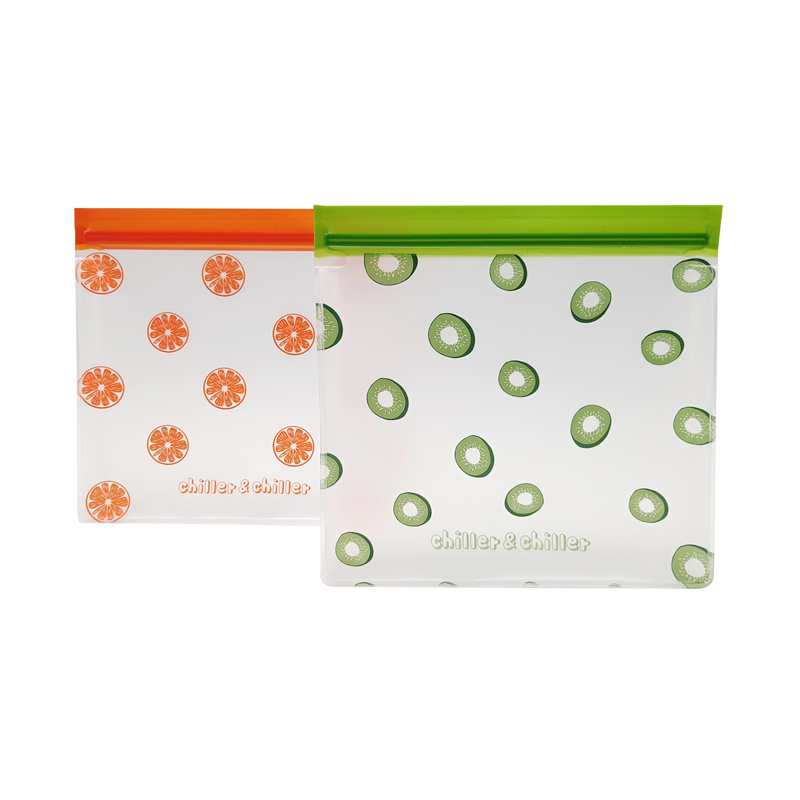
In recent years, there has been growing concern about the safety of PVC insulation bags. These bags are commonly used to store and transport food, medications, and various other products. However, questions have been raised about whether these bags contain harmful substances that could pose a risk to human health. This article aims to delve into the matter, examining the potential dangers associated with PVC insulation bags and providing a comprehensive analysis of the current state of affairs.
Understanding PVC Insulation Bags
PVC, also known as polyvinyl chloride, is a type of plastic commonly used in the production of insulation bags. These bags are favored for their durability, flexibility, and low cost. PVC insulation bags are often used for insulation purposes in industries such as food and pharmaceuticals.
The Concerns and Dangers
Despite the advantages offered by PVC insulation bags, concerns have been raised about the potential presence of harmful substances in these bags. PVC contains additives, such as plasticizers, stabilizers, and colorants, which can leach out and cause contamination. Some of these additives, such as phthalates, are known to be endocrine disruptors and have been linked to various health issues, including reproductive problems and developmental disorders.
Additionally, the manufacturing process of PVC insulation bags often involves the use of toxic chemicals, which can have a negative impact on the environment and potentially harm human health. These chemicals may be released during the bag's production, use, and disposal phases, posing risks to workers, consumers, and ecosystems.
Safety Measures and Alternatives
Awareness of the potential dangers associated with PVC insulation bags has led to the implementation of safety measures. Many countries have set regulations and guidelines to limit the use of harmful additives in PVC products, including insulation bags. Moreover, alternative materials, such as polyethylene and polypropylene, are being used as substitutes for PVC, as they are considered safer and more environmentally friendly.
It is important for consumers and businesses to be aware of these safety measures and make informed choices when purchasing and using insulation bags. Keeping up with the latest research, reading product labels, and opting for PVC-free alternatives can help minimize potential risks.
Conclusion
While PVC insulation bags offer many advantages in terms of durability and flexibility, concerns about the potential presence of harmful substances cannot be ignored. The use of additives and toxic chemicals during the manufacturing process raises legitimate questions about the safety of these bags. However, with the implementation of safety regulations and the availability of PVC-free alternatives, it is possible to minimize or eliminate these risks. Ultimately, informed decision-making by consumers and businesses plays a crucial role in ensuring the safety and well-being of individuals and the environment.
Tags:
 LEES PROMOTION
LEES PROMOTION
